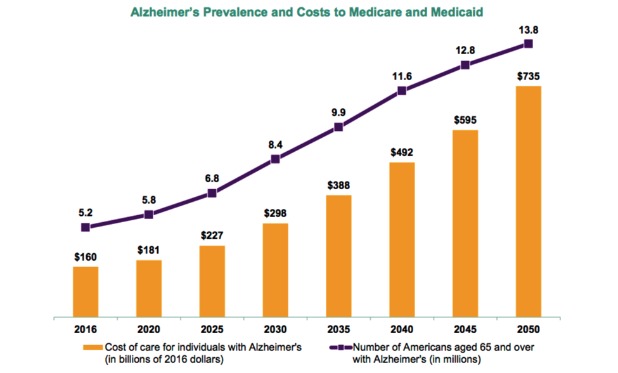Alzheimer’s disease and dementia take a huge toll on older men and women. The good news is a recent study shows ultrasound therapy restores notable memory function in mice. The research shows that focused sound waves open the blood brain barrier and allow natural processes that clear out proteins to function.
The most recent research from the lab of Professor Jürgen Götz at the Queensland Brain Institute confirms earlier studies showing that ultrasound therapy improved the memory function of mice with Alzheimer’s disease. This study, led by Dr. Richard Hatch, showed the positive effects of the therapy on normal mice brains as they age.
Recent Queensland Brain Institute Study
Hatch describes the latest research: “We found that, far from causing any damage to the healthy brain, ultrasound treatments may in fact have potential beneficial effects for healthy aging brains.”
He goes on to note: “What we found is that treating mice with scanning ultrasound prevents this reduction in [hippocampal] structure, which suggests that by using this approach, we can keep the structure of the brain younger as we get older.”
In the study, the mice were given one or six ultrasound treatments over six weeks. The brain cell structure and function of the mice were analyzed at multiple intervals post treatment.
The next research project by the lab will test the effect of ultrasound on older mice.
Earlier Research on Alzheimer’s
Also, keep in mind that research from Professor Götz’s lab has already shown that non-invasive ultrasound therapy improves Alzheimer’s disease in mice.
In talking about the prior study, Götz said the new therapy could be a breakthrough in Alzheimer’s treatment.
“We’re extremely excited by this innovation of treating Alzheimer’s without using drug therapeutics,” Götz said. “This… restored memory function to the same level of normal healthy mice.”
“The ultrasound waves… activate microglial cells that digest and remove the amyloid plaques that destroy brain synapses,” he explained. “With our approach, the blood-brain barrier’s opening is only for a few hours, so it quickly restores its protective role.”
The next step in the project is research in higher animals, then human clinical trials. Experts note that human trials are still at least two years away.
Cost Breakdown on Alzheimer’s
Around 5.2 million Americans aged 65 and over are living with Alzheimer’s disease today. Given current trends, experts project nearly a million new Alzheimer’s cases every year in the US. That means another case every 33 seconds.

Even worse, the number of Americans living with Alzheimer’s will triple by 2050—anywhere from 14 to 16 million.
The direct costs of caring for those with Alzheimer’s and other dementias in the US will come close to $236 billion in 2016. Almost $160 billion of that $236 billion will come from Medicaid and Medicare.
Of note, based on Medicare cost data, seniors with dementia cost an average of $22,206 per year, while those with no dementia issues cost an average of $8427 per year. That means, on average, dementia patients cost almost three times as much as other patients.
As this cost breakdown makes clear, if the study makes it through clinical trials, the cost savings from this new, inexpensive ultrasound therapy (or any effective therapy for dementia) will be huge. Even if the therapy only reduces dementia cases by half, you are looking at saving hundreds of billions of dollars a year.
Moreover, as these numbers also make clear, not finding an effective therapy for Alzheimer’s will eventually bankrupt the US health care system.
~ Written by Patrick Cox




